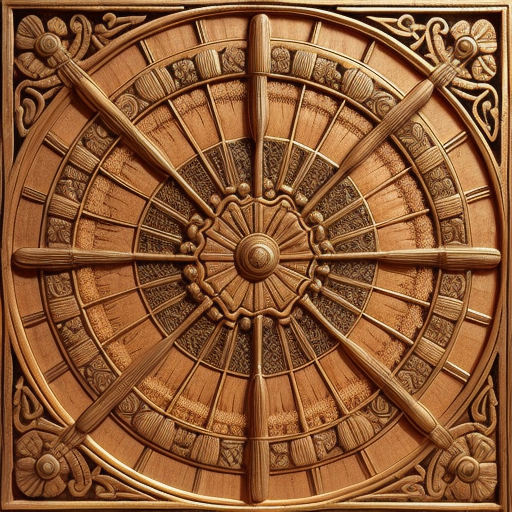Cerographs, also known as wax tablets, are a form of ancient writing medium that was widely used in many civilizations throughout history. They were essentially a flat wooden board with beeswax spread across its surface, creating a smooth and pliable writing surface. Cerographs were commonly used in the ancient Mediterranean world, particularly in Ancient Greece and Rome.
The process of writing on a cerograph was relatively straightforward. Instead of using ink and a quill pen, a stylus made of metal or bone was used to write on the wax surface. The pointed end of the stylus was used to make indentations or scratches, which formed the letters and symbols of the written text. These marks could be easily erased or modified by smoothing the wax surface with the flat end of the stylus or using a wax re-smoother tool.
Cerographs were highly convenient and portable, making them ideal for daily use and quick note-taking. They were often used for personal correspondence, accounting records, legal contracts, and even schoolwork. The wax surface could be reused multiple times by simply melting and reshaping the wax, making cerographs an economical choice for writing materials. Despite being a widely used writing medium in the ancient world, few cerographs have survived to the present day, mainly due to their perishable nature. However, archaeological finds and ancient texts provide valuable insights into their significance and usage in ancient civilizations.
